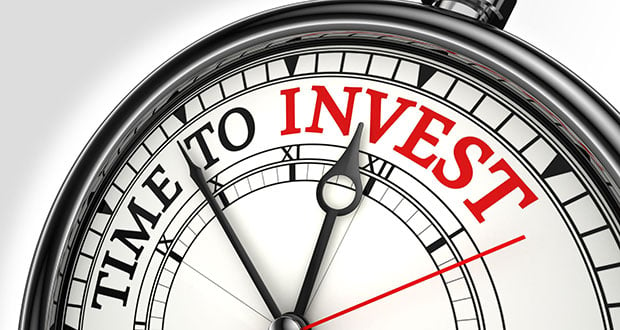While there are many reasons to invest into a CMMS program at your facility, here are 10 that are important factors into making that final decision.

1) Automation
Have work orders that are automated and you will save more time. There are many ways to get someone a work order but word of mouth, a piece of paper with notes, or a text are not even close to having an automated way of spreading the word.
2) Detailed Reports
Sure, you can use a spreadsheet but does it really give you a robust report that is accessible at any time? With a CMMS program, you are able to showcase a variety of reports that are perfect for when you need them yourself or someone higher up than you needs data.
3) Get Caught Up
If your maintenance tasks are backlogged, a CMMS program helps you get caught up. Preventative maintenance can be scheduled at a specific time, everything is automated to save time, and you can send out tasks right at your fingertips and not even be at your desk to do it.
4) Preventative Maintenance
Speaking of preventative maintenance scheduling, a CMMS program does so much to help ensure an effective PM plan. Set it up in advance by date and time and you don’t have to worry about it again. It automatically gets sent out to be done and no one forgets to do the job.
5) Mobility
Mobility saves time. Instead of having to come back to the office to pick up a work order, a technician can get sent the information anywhere they are – even away from the property. This is perfect for detailed, accurate instructions that you know are going to reach their target audience.
6) Keep Up With Documents
Along with other benefits, CMMS allows you to upload a variety of documents and even take photos that are stored in the cloud. You can keep all your owner’s manuals in the cloud so that they can be used whenever needed and you don’t have to worry about someone losing one or it getting ripped, torn, or damaged in some way.
7) Track Costs
CMMS allows you to keep up with expenses and run reports that help plan for capital budgeting. It is easier to use than spreadsheets and much more accurate. You can always see exactly where your money is going.
8) Minimize Downtime
By knowing how many times a piece of equipment has been repaired and comparing it with the cost of a new item, you are able to determine the best course of action on aging equipment. Are the repairs costing more in the long run? It may be time for a replacement.
Read More: Assset Tracking Quantifies Your Investment
9) Inventory Control
Take greater control of your inventory by logging all of your data so that it can be found easily. This cuts down on lost items, time to find things needed for a job, and saves time and money on having too much or too little of an item.
10) Standardized Practices
With CMMS, set up checklists and other workflow systems to establish consistency and best practices. This is beneficial for tasks like troubleshooting because it gives you a solid overview of the steps taken to maintain your assets.









